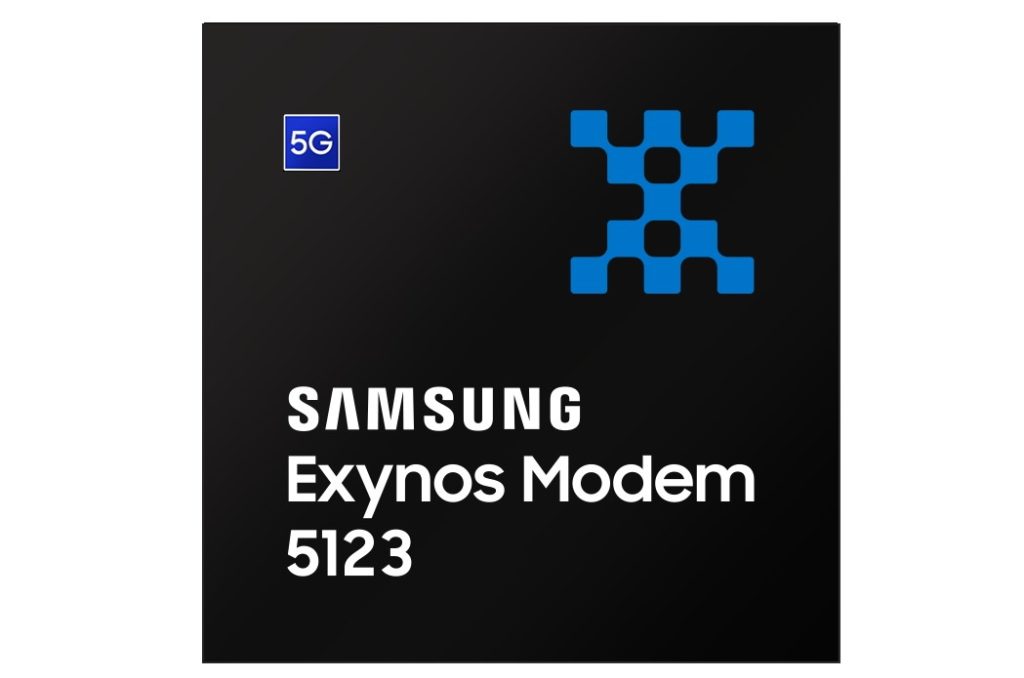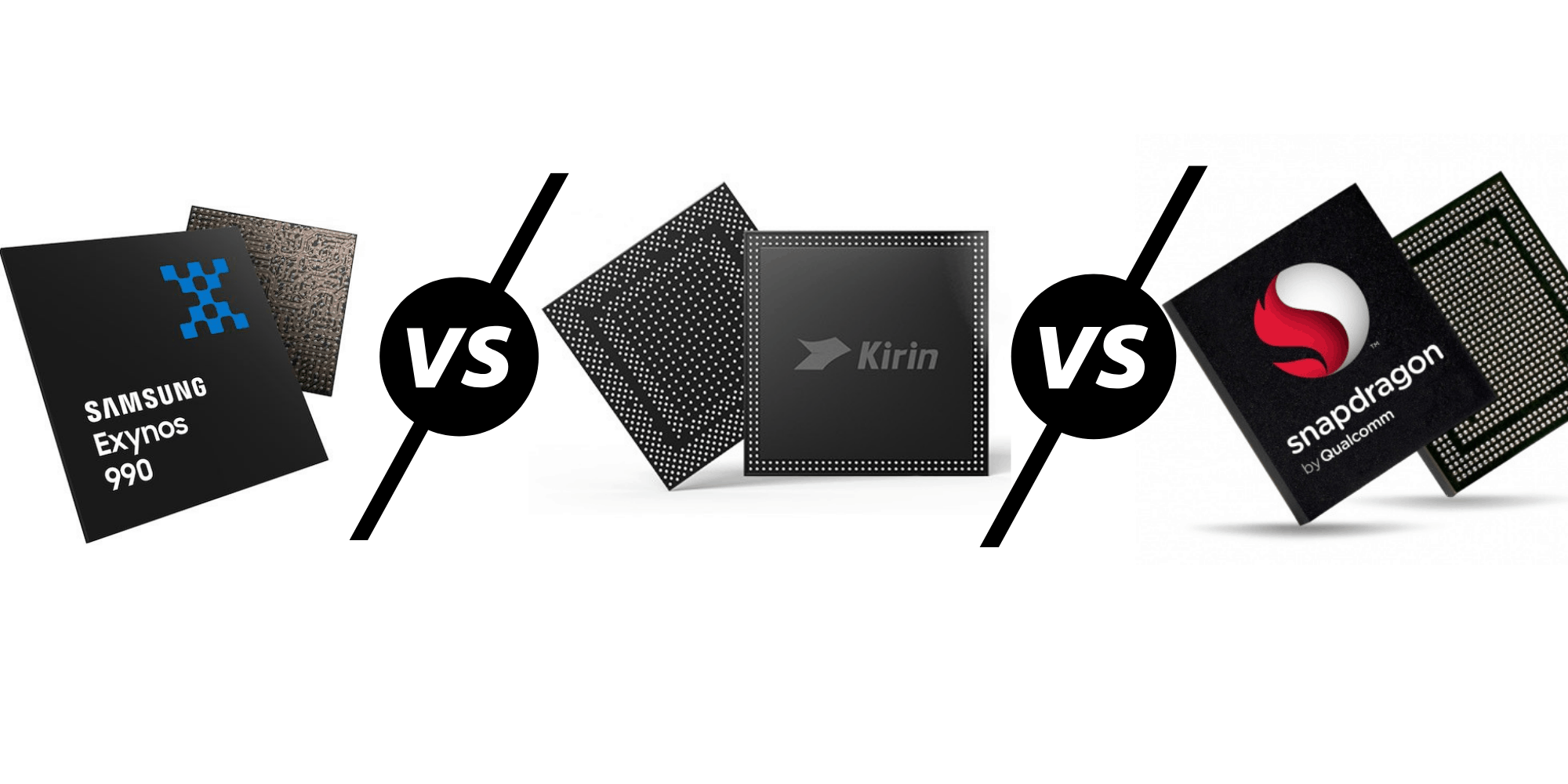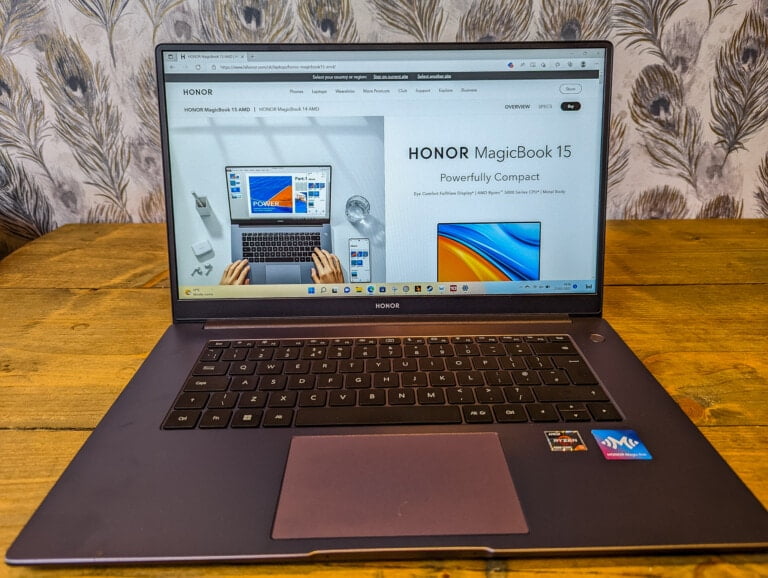Any links to online stores should be assumed to be affiliates. The company or PR agency provides all or most review samples. They have no control over my content, and I provide my honest opinion.
Samsung has unexpectedly announced its new flagship earlier than their normal schedule. It was expected to launch around the same time as the Samsung Galaxy S11 which would be at the start of 2020.
With the announcement of the Samsung Exynos 990 that just leaves Qualcomm to show their cards for next years flagship chipset.
So what does the new chipset deliver over last years model and how does it compare to competing products from Qualcomm and HiSilicon/Huawei
CPU
The new chipset is built on the 7nm LPP (EUV) which we first saw with the Exynos 9825 and is smaller to the one found on the 9820. Samsung has retained the 2x2x4 design utilising custom CPU designs for the two primary performance cores which this year is the Exynos M5 microarchitecture. Specifics of these two cores are slim but Samsung claims that the new design is 20% faster than the Exynos M4 in the 9820.
This should make the chipset fair well against the HiSilicon Kirin 990 5G and almost certainly outperform the Snapdragon 855 Plus, however when Qualcomm release the Snapdragon 865 which should use the A77 architecture which promises 23-30% IPC increases, it may find itself struggling to keep up.
The two middle cores move from the Cortex A75 to Coretex A76 which should help boost overall performance. They have retained the Cortex A55 for the lower-powered cores and this matches up both with Qualcomm and Hisilicon.
They have not mentioned any clock frequencies but advertises that the overall improvement of the new tri-cluster is 13%.
GPU
The Exynos 990 has had significant GPU upgrade moving from Mali-G76 with 12 cores to Mali-G76 will 11 cores. Arm is claiming a very large performance jump with their new Valhall architecture and Samsung could be the first company to launch a chipset using it, though it is likely Qualcomm will follow suit in the next month or two. The Mediatek 5G was the first to announce the Mp77, but it is unlikely they will be first to market. This change claims we will see performance uplifts of up to 20%, or power efficiency gains of up to 20%.
This again puts HiSilicon on the backfoot as they have kept the Mali-G76, but they have increased the core count to 16 so it will be interesting to see how well they compare in performance.
Memory
Samsung is also the first company to announce the use of LPDDR5 memory allowing them to significantly increase the memory controller frequency from 2093 MHz to 2750MHz plus provide a variety of advantages that newer generations brings, including reduced power.
All other current flagship chipsets use LPDDR4X with speeds topping out at 2133MHz. It is possible the Mediatek 5G will use LPDDR5 but they have not announced the full specification.
Modem

Samsung have not announced an integrated modem with this generation, which deviates from recent trends. This could end up being a sensible move as it allows them to use one chipset rather than a 4G/5G variant that is used by the HiSilicon Kirin 990 and also expected to be the case with the Qualcomm Snapdragon 865.
Instead, Samsung is advertising the new Exynos Modem 5123 as a new discrete chipset. This is a complete multi-band solution supporting everything from 2G to 5G sub-6 as well as mmWave, however, Samsung has massively upgraded the new chip’s maximum throughput. In regular 4G LTE, the new chip now supports downlink speeds of up to 3Gbps while offering 422Mbps upload. In 5G sub-6, we’re seeing 5.1Gbps downloads and 7.35Gbps in mmWave networks.
While it has not been confirmed, it is expected that all the Samsung devices using the Exynos 990 will have 5G capabilities next year, giving them quite an advantage over its competitors.
NPU
Samsung states that the chip comes with a dual-core NPU and a new DSP which can perform over 10 TOPs in computational throughput and that it has a throughput of 1.86TOPs. As usual for NPU’s, making a comparison is a little hard, the new HiSilicon Kirin 990 5G utilises 2×1 cores with 2 big and one little, then also claims to offer real-time cloud AI. At the moment the HiSilicon Kirin 990 5G dominates the AI Benchmark table with more than double the score of competing products and a three-fold improvement over the Exynos 9825.
Comparison Table
| Exynos 990 | Exynos 9820 / 9825 | HiSilicon Kirin 990 5G | Snapdragon 855 Plus | |
|---|---|---|---|---|
| Process | Samsung 7nm LPP (EUV) | 8nm LPP / 7nm LPP (EUV) | 7nm EUV | 7nm (N7) |
| CPU Cores | Octa-Core, 64-bit | Octa-Core, 64-bit | Octa-Core, 64-bit | Octa-Core, 64-bit |
| CPU | 2x Exynos M5 @ ? GHz (+20% perf) 2x Cortex A76 @ ? GHz 4x Cortex A55 @ ? GHz | 2x Exynos M4 @ 2.73 GHz 2x 512KB pL2 3 MB L3 2x Cortex A75 @ 2.31 / 2.4GHz 2x 256KB pL2 4x Cortex A55 @ 1.95 GHz No pL2's 1MB L3 | 2x Cortex-A76 @ 2.86GHz 2x Cortex-A76 @ 2.36GHz 4x Cortex-A55 @ 1.95GHz (4MB shared L3 cache) | 1x Kryo 485 Gold (A76) @ 2.84GHz 1x512KB 3x Kryo 485 Gold (A76) @ 2.42GHz 3x256KB 4x Kryo 485 Silver (A55) @ 1.80GHz 4x128KB |
| GPU | Mali G77MP11 @ ? MHz | Mali G76MP12 @ 702 MHz | Mali-G76 MP16 | Adreno 640 @ 585MHz |
| NPU | Dual NPU + DSP >10 TOPs | Dual NPU 1.86 TOPs | 2+1 NPU with real time cloud AI | Yes (Hexagon 690 DSP) |
| RAM | LPDDR5 @ 2750MHz | 4x 16-bit CH LPDDR4X @ 2093MHz 2MB System Cache | LPDDR4X @ 2133MHz | 4x 16-bit CH @ 2133 MHz LPDDR4x 34.1GB/s |
| ISP | Single: 108MP Dual: 24.8MP+24.8MP | Rear: 22MP Front: 22MP Dual: 16MP+16MP | ISP 5.0 | Dual 14-bit Spectra 380 ISP 1x 48MP or 2x 22 MP |
| Video Playback & Codecs | 8K30 & 4K120 encode & decode H.265/HEVC, H.264, VP9 | 8K30 & 4K150 encode & decode H.265/HEVC, H.264, VP9 | 4K @ 30fps - capture 4K @ 60fps playback | 2160p60 10-bit H.265 HDR10, HDR10+, HLG 720p480 |
| Modem | Exynos Modem External (LTE Category 24/22) DL = 3000 Mbps 8x20MHz CA, 1024-QAM UL = 422 Mbps 2x20MHz CA, 256-QAM (5G NR Sub-6) DL = 5100 Mbps (5G NR mmWave) DL = 7350 Mbps | Exynos Modem Integrated (LTE Category 20/20) DL = 2000 Mbps 8x20MHz CA, 256-QAM UL = 316 Mbps 3x20MHz CA, 256-QAM | 5G 2.3Gbps | Snapdragon X24 LTE (Category 20) DL = 2000Mbps 7x20MHz CA, 256-QAM, 4x4 UL = 316Mbps 3x20MHz CA, 256-QAM |
I am James, a UK-based tech enthusiast and the Editor and Owner of Mighty Gadget, which I’ve proudly run since 2007. Passionate about all things technology, my expertise spans from computers and networking to mobile, wearables, and smart home devices.
As a fitness fanatic who loves running and cycling, I also have a keen interest in fitness-related technology, and I take every opportunity to cover this niche on my blog. My diverse interests allow me to bring a unique perspective to tech blogging, merging lifestyle, fitness, and the latest tech trends.
In my academic pursuits, I earned a BSc in Information Systems Design from UCLAN, before advancing my learning with a Master’s Degree in Computing. This advanced study also included Cisco CCNA accreditation, further demonstrating my commitment to understanding and staying ahead of the technology curve.
I’m proud to share that Vuelio has consistently ranked Mighty Gadget as one of the top technology blogs in the UK. With my dedication to technology and drive to share my insights, I aim to continue providing my readers with engaging and informative content.







